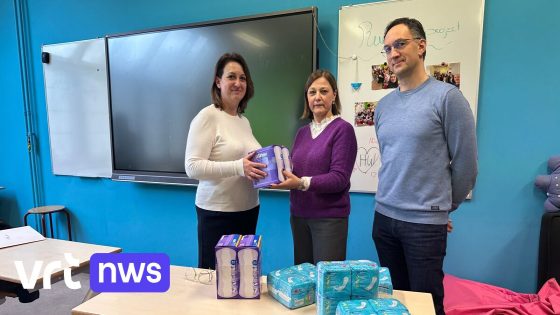On January 31, 2025, Sint-Truiden announced a groundbreaking initiative to provide free menstrual products in all secondary schools. This move aims to combat menstruation poverty, which prevents students from attending school and creates feelings of stress and shame. How can we ensure that every student has equal opportunities to succeed?
- Equal opportunities are essential for all.
- Menstrual poverty affects school attendance.
- Stress and shame accompany menstrual poverty.
- Initiative aims to break menstrual stigma.
- Menstrual products are a basic right.
Free Menstrual Products: A Step Towards Equality in Education
This initiative raises an important question: why should access to basic hygiene products be a barrier to education? By providing free menstrual products, Sint-Truiden is taking significant steps toward ensuring that all students can attend school without the fear of embarrassment or absence due to menstruation.
The Impact of Menstruation Poverty on Students’ Lives
Menstruation poverty affects many students worldwide, including those in the US. It leads to absenteeism and impacts academic performance. Addressing this issue is crucial for fostering an inclusive educational environment.
The Importance of Access to Menstrual Products
Access to menstrual products is essential for maintaining health and dignity. Schools play a vital role in providing these necessities so that no student feels marginalized during their period.
- Promotes attendance and participation in classes.
- Reduces stigma associated with menstruation.
- Supports mental well-being among students.
- Encourages open discussions about menstrual health.
A Global Perspective on Menstrual Health Initiatives
This initiative reflects a growing awareness around the world regarding menstruation issues. Countries are increasingly recognizing the need for policies that support women’s health and education. What can other regions learn from Sint-Truiden’s approach?
The Role of Community Support in Tackling Menstruation Poverty
Community involvement is crucial for the success of such initiatives. Local organizations can help raise awareness and provide resources necessary for implementing similar programs elsewhere. How can communities collaborate effectively?

































